In the world of design, few styles possess the enduring allure and striking visual appeal quite like Art Deco graphic design. It’s a design movement that defies time, transcending eras while leaving an indelible mark on the creative landscape. Art Deco isn’t just a design style; it’s a vivid tapestry woven with threads of history, innovation, and bold expression.
Step back into the late 19th century, a time when France buzzed with burgeoning design trends. In this era of unprecedented creativity, Art Nouveau emerged, setting the stage for the birth of Art Deco.
But what sets Art Deco apart from its predecessor? It’s the shift from the organic, flowing lines of nature to a celebration of geometry, machines, and archaeology.
Art Deco isn’t confined to a singular form; it’s a mosaic of elements—triangular shapes, zigzags, vibrant colors, and streamlined forms—forging a style that encapsulates both the ancient and the modern.
Its influences spanned from architecture to fashion, graphic design to everyday household items, leaving an unmistakable imprint on the world.
In this post, we’ll uncover Art Deco Graphic Design history, its characteristics and its impact on modern graphic design.
Origins and Evolution of Art Deco graphic design
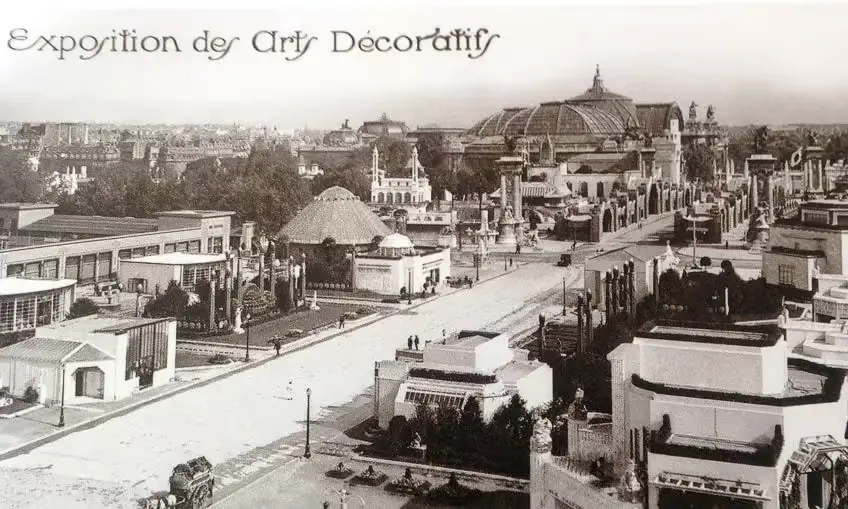
Art Deco didn’t emerge in isolation; its roots dig deep into the vibrant design landscape of the late 19th century. At that time, France buzzed with creative fervor, witnessing the emergence of Art Nouveau—a style characterized by organic, flowing lines inspired by nature.
Exploring the late 19th-century design trends: Art Nouveau’s influence
Art Nouveau captivated the artistic community with its embrace of nature-inspired elements—curvaceous lines, floral motifs, and intricate designs that mirrored the organic world. This movement found its way into various creative avenues, from architecture to furniture, leaving an indelible mark on the design ethos of the time.
Yet, amid this wave of artistic innovation, a shift was brewing—a departure from the organic to the geometric.
Rise of the decorative arts and the birth of Art Deco
The nascent stages of what would eventually blossom into Art Deco found its foothold in the rise of decorative arts. Until the late 19th century, those involved in designing textiles, furniture, and ornaments were deemed as ordinary artisans. However, a pivotal moment arrived in 1875 when these artisans were recognized for their craft, receiving the distinction of “arts decoratifs.”
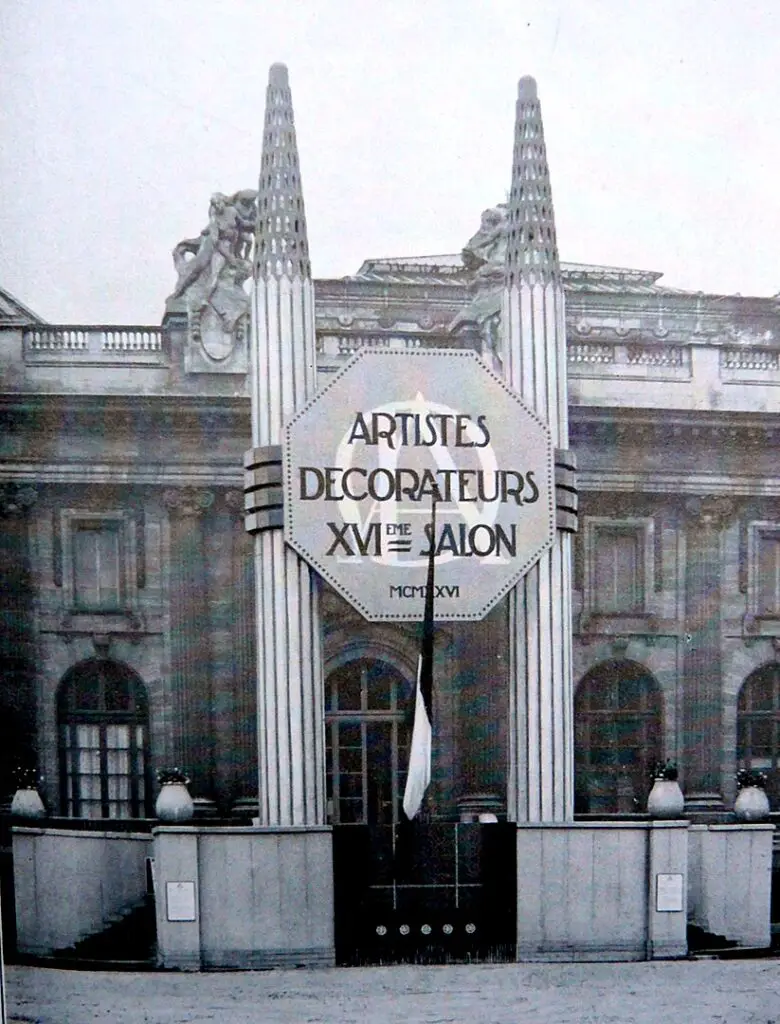
In 1901, the establishment of France’s Society of Decorative Arts further elevated the status of these artists, granting them equal authorship rights previously reserved for sculptors and painters. Meanwhile, in Italy, a similar movement unfolded with the first-ever exposition dedicated to decorative arts held in Turin in 1902.
Development of Art Deco in France and its impact on various design disciplines
France became the epicenter of Art Deco’s development. As this design movement gained momentum, it began influencing various disciplines—from fashion to architecture and beyond. French designers, discontent with the influx of more affordable German furniture, sought to carve their distinct style.
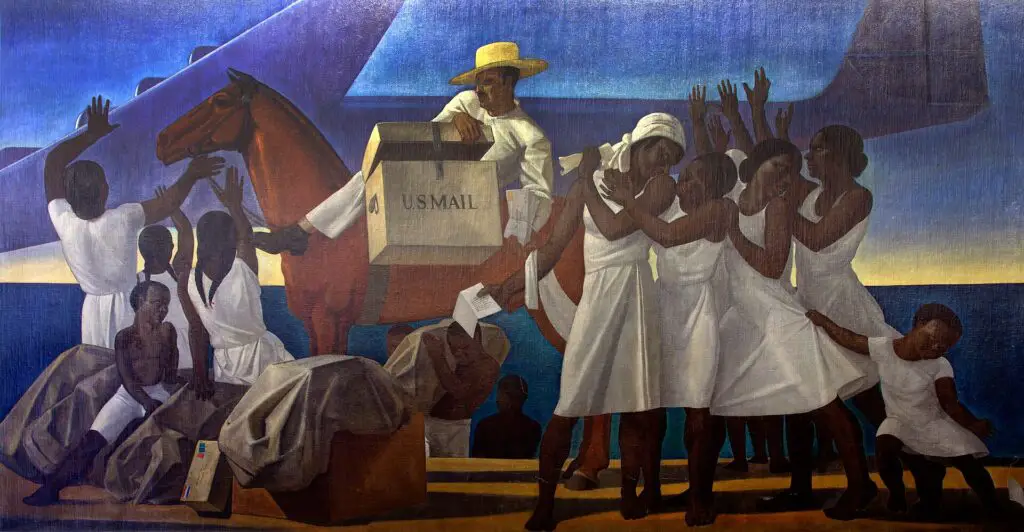
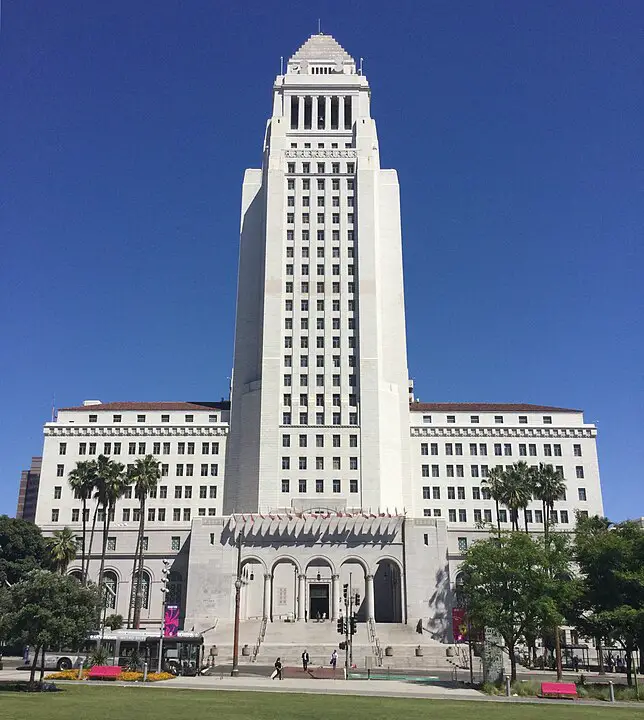
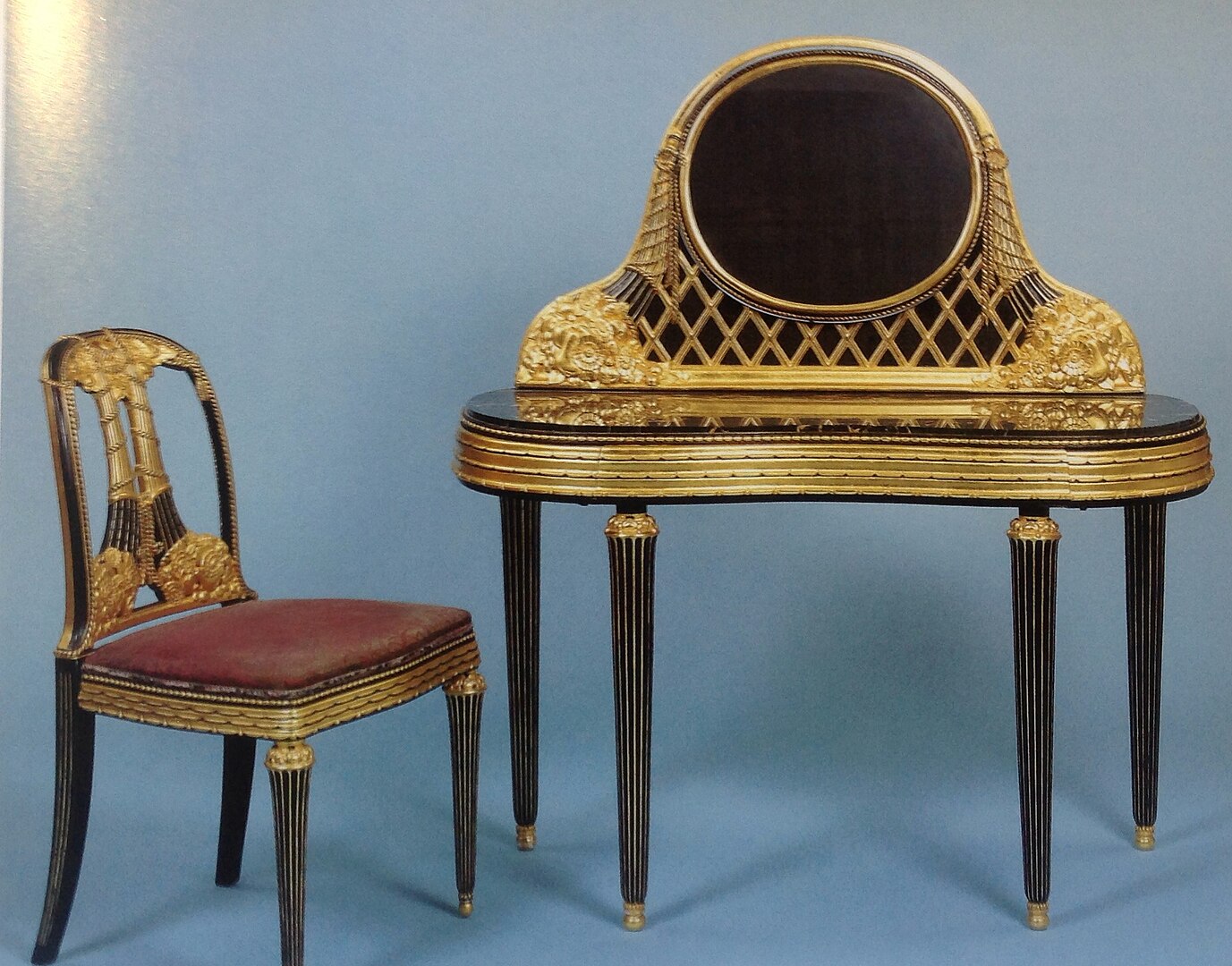
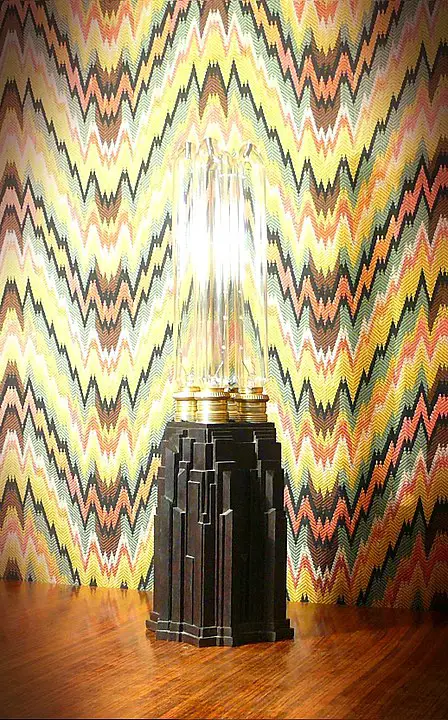
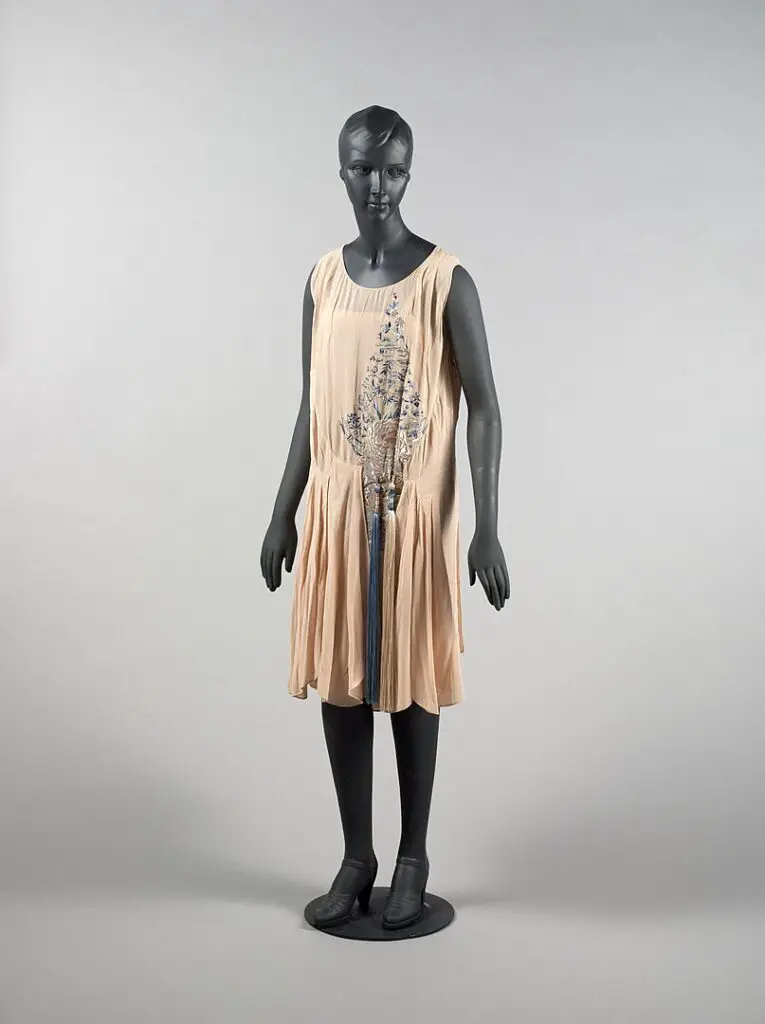
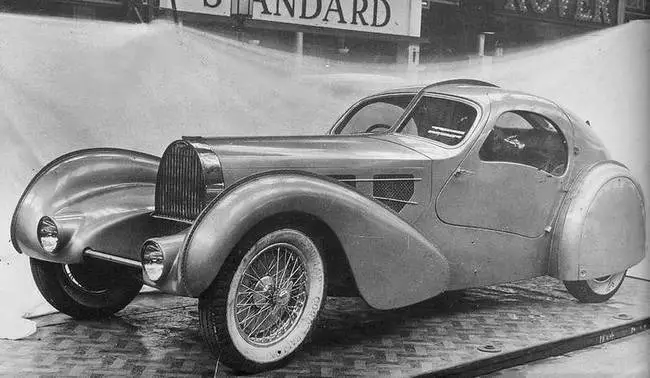
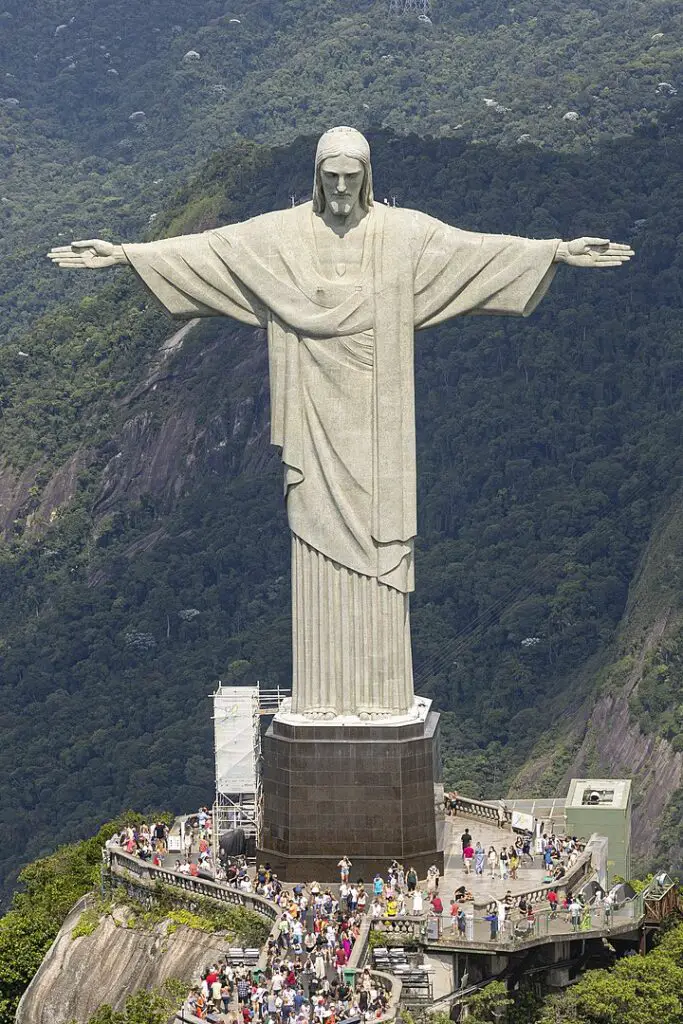
Luxurious materials like silk, ebony, and ivory, adorned with vibrant and stylized motifs, became the hallmark of Art Deco. The movement gained architectural significance, epitomized by Auguste Perret’s Theatre des Champs-Elysees—a structure that embodied the geometric precision and sleek lines synonymous with Art Deco
The Principles of Art Deco graphic Design
Art Deco Graphic Design was guided by certain principles that formed the bedrock of its artistic expression.
Functionality and Aesthetic Integration
Similar to the Bauhaus principle of ‘Form Follows Function,’ Art Deco also emphasized functionality. The movement strived to create designs that were not just visually pleasing but also served a practical purpose. However, unlike the stark minimalism of Bauhaus, Art Deco embraced a more vibrant and ornate visual language.
Fusion of Art and Craft
Art Deco blurred the boundaries between traditional artistry and craftsmanship. It aimed to unite various disciplines, creating a synergy that encompassed artists, craftsmen, and designers working collaboratively. This philosophy echoed the sentiment of creating a seamless blend between artistry and utility, fostering a sense of unity in artistic creation.
Embracing Modern Materials and Technology
In sync with the evolving industrial landscape, Art Deco designers embraced new materials and technological advancements. The movement saw a significant incorporation of modern industrial materials like chrome, glass, and steel into its designs. This marriage of traditional craftsmanship with contemporary materials facilitated the creation of innovative and visually striking designs.
Geometric Elegance and Symmetry
Geometric shapes held a prominent place in Art Deco Graphic Design. The movement favored clean lines, angular forms, and symmetrical patterns, deviating from the curvilinear motifs prominent in preceding design eras like Art Nouveau. These geometric elements lent a sense of sophistication and modernity to Art Deco compositions.
Influences from Archaeology and Cultures
Art Deco drew inspiration from archaeological discoveries and diverse cultural influences. Elements like arches, ziggurats, and motifs from ancient civilizations found their way into Art Deco designs, infusing them with a sense of historical grandeur.
Distinctive Color Palettes and Visual Spectacle
Unlike the Bauhaus movement’s preference for minimalistic color schemes, Art Deco embraced vibrant and contrasting colors. The movement showcased bold and vivid hues, often combined with metallic accents, creating a visual spectacle that exuded opulence and glamour.
These principles formed the core of Art Deco Graphic Design, shaping its visual identity and leaving an indelible mark on the world of design.
Examining the Early Influence of Art Deco in Graphic Design
Art Deco swiftly made its mark in the realm of graphic design during its inception in the 1920s. Its emergence stemmed from a dynamic period of creativity and cultural transformation. This design movement revolutionized the visual landscape by introducing a bold, geometric style that departed from the intricacies of Art Nouveau. Graphic designers embraced Art Deco’s crisp lines, geometric patterns, and vibrant colors to craft visually striking compositions.
Transition from Art Nouveau to Art Deco
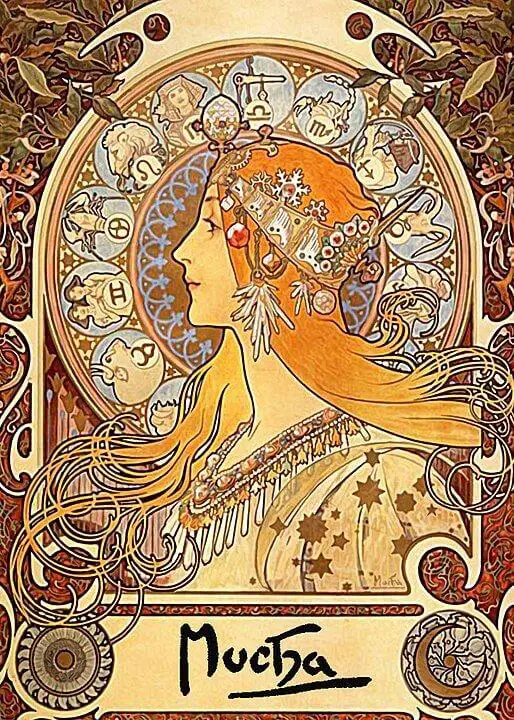
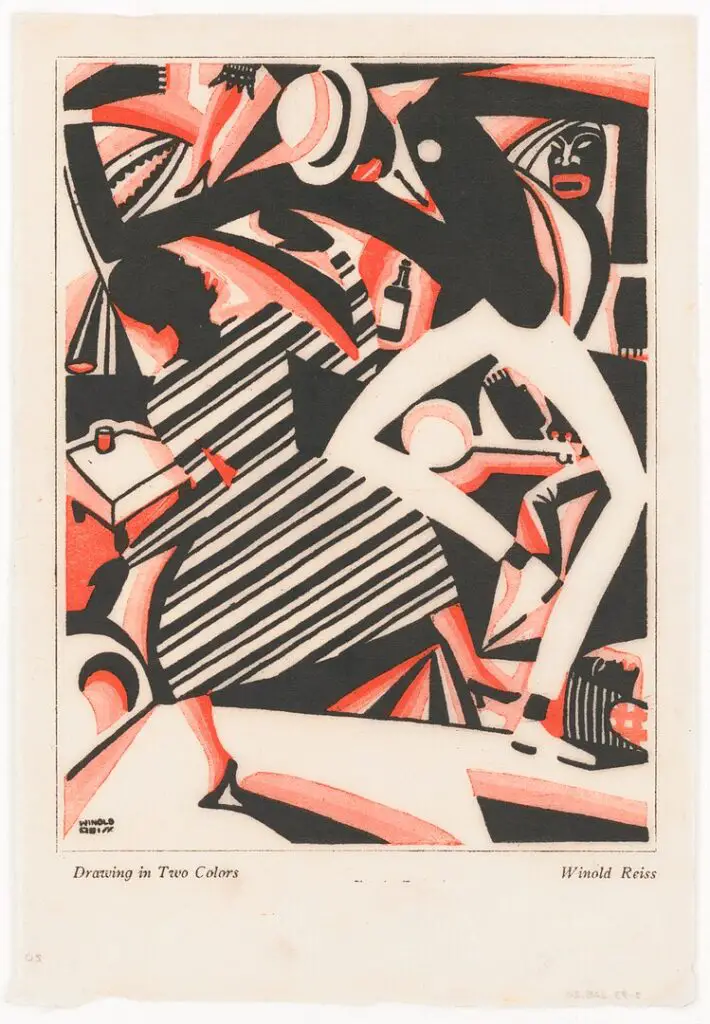
The transition from the organic, nature-inspired motifs of Art Nouveau to the streamlined, machine-age aesthetic of Art Deco marked a significant shift in graphic design. Where Art Nouveau celebrated curvilinear shapes and natural forms, Art Deco advocated for clean lines, sharp angles, and symmetrical patterns. This change resonated profoundly in the graphic design sphere, influencing everything from typography to poster art.
Rise in Bold Typography and Poster Art
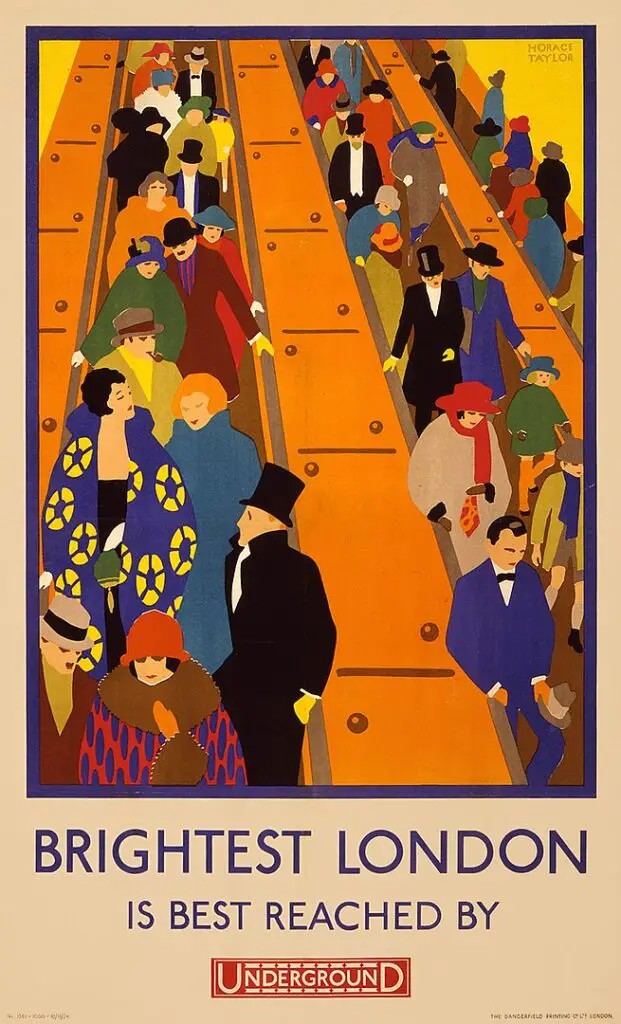
Typography became a central focus in the realm of graphic design with Art Deco’s ascent. Bold, sans-serif typefaces with geometric influences took precedence, enabling designers to create visually impactful layouts. The movement also revolutionized poster art, with graphic designers employing Art Deco’s distinctive elements to produce attention-grabbing posters for events, entertainment, and advertising.
Impact of Art Deco on Major Publications and Entertainment Industries
Art Deco’s impact extended far beyond the confines of visual art; it penetrated major publications and entertainment industries, shaping their visual identities and aesthetics. Magazines such as Vogue, Harper’s Bazaar, and Vanity Fair embraced the Art Deco style in their cover designs, ushering in an era of bold, modern, and sophisticated visual storytelling.
Influence on Entertainment and Film
In the realm of entertainment, Art Deco left an indelible mark on films and theatrical productions. The iconic designs of movie posters, stage sets, and promotional materials bore the hallmark Art Deco elements, captivating audiences with their sleek and glamorous allure. This influence reached its peak during the 1930s, with entertainers like Josephine Baker and Charlie Chaplin prominently featuring Art Deco-inspired designs in their promotional materials, elevating the movement’s visibility.
Pioneering Designers and Their Contributions to Art Deco Graphic Design
Art Deco’s evolution was guided by a cohort of pioneering designers who shaped its trajectory and solidified its influence in graphic design. Figures like Cassandre, whose famous poster for the ocean liner SS Normandie exemplifies the movement’s iconic style, were instrumental in popularizing Art Deco. Their innovative use of geometric shapes, vibrant color palettes, and emphasis on functionality set the standard for Art Deco graphic design.
A.M. Cassandre: Navigating Geometric Elegance
A.M. Cassandre, born Adolphe Jean-Marie Mouron, stands as a luminary in the Art Deco movement, notably renowned for his groundbreaking contributions to graphic design. His work transcends mere aesthetics, providing a visual vocabulary that defines Art Deco. One of his most iconic pieces, the poster for the ocean liner SS Normandie, not only captures the essence of the era but also exemplifies his mastery in blending geometric precision with a sense of elegance. Cassandre’s innovative use of shapes, strategic color choices, and keen emphasis on functionality have left an indelible mark on the landscape of Art Deco graphic design.
Tamara de Lempicka: Deco Diva of Portraiture
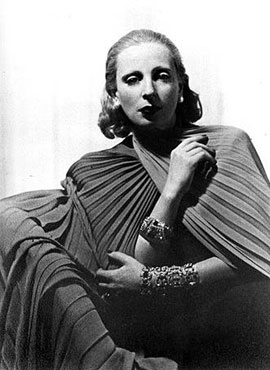
Tamara de Lempicka, a Polish-born artist, emerged as a distinctive force in the Art Deco movement, especially in the realm of portraiture. Her artistic vision, often characterized by sharp angles and bold contrasts, brought a sense of theatrical glamour to Art Deco graphic design.
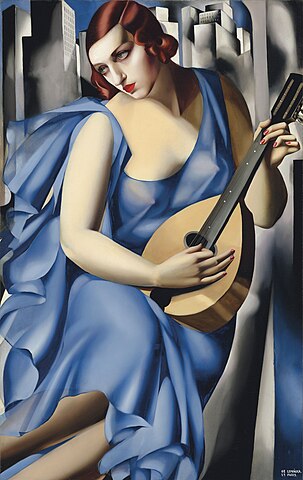
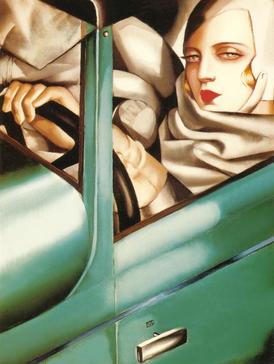
With portraits like “Blue Woman with a Guitar” and “Autoportrait (Tamara in the Green Bugatti),” Lempicka infused the movement with a unique blend of sophistication and modernity.
Her ability to capture the zeitgeist of the era, coupled with an unmistakable style, makes her an influential figure in the Art Deco era.
Paul Colin: Dynamic Designs on Stage
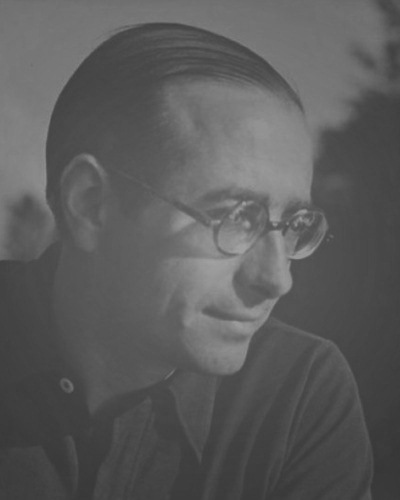
Paul Colin, a French graphic designer, contributed significantly to the visual language of Art Deco, particularly through his work in theatrical posters. His dynamic designs, characterized by bold lines and expressive figures, revolutionized the way posters were conceived.
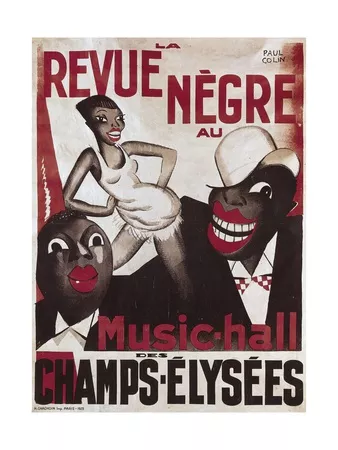
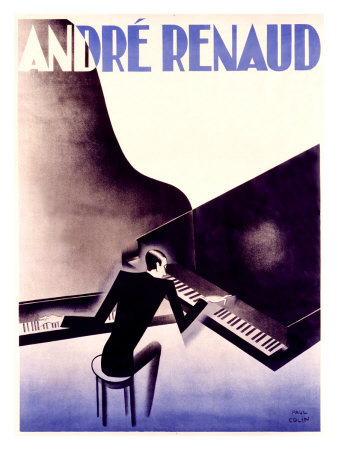
Notable among his creations is the poster for Josephine Baker’s “Revue Nègre,” where he skillfully amalgamated the vivacity of Jazz Age Paris with Art Deco aesthetics. Colin’s ability to capture movement, energy, and the spirit of the times through graphic design establishes him as a key figure in the evolution of Art Deco.
Erté: The Personification of Deco Elegance
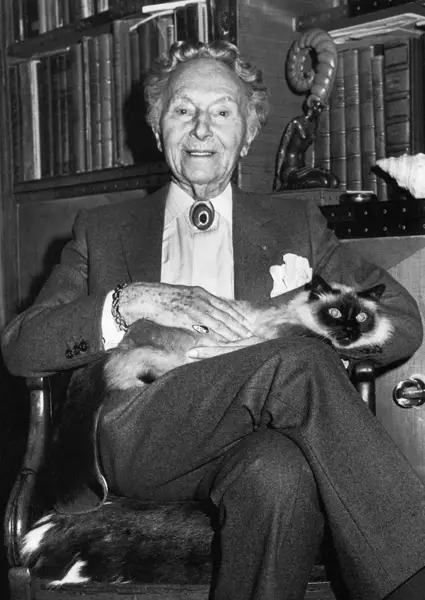
Romain de Tirtoff, known by his pseudonym Erté, epitomized the epitome of elegance in the Art Deco movement. His prolific career spanned across various artistic mediums, including fashion, set design, and graphic design.

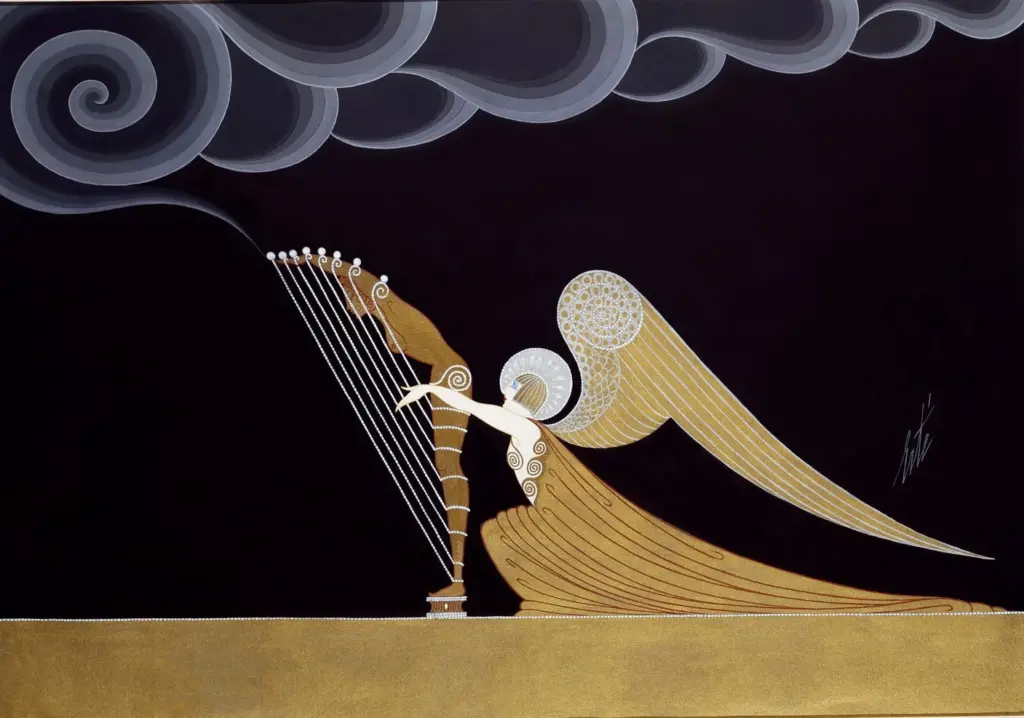
Erté’s contributions to Harper’s Bazaar covers and theatrical productions not only showcased his dexterity in design but also his ability to encapsulate the sophistication and glamour associated with Art Deco. With intricate details, sinuous lines, and a keen sense of balance, Erté remains a paragon of Art Deco elegance.
These pioneering designers, each a luminary in their own right, played instrumental roles in shaping the visual identity of the Art Deco era. Their innovative approaches, distinctive styles, and lasting contributions continue to influence and inspire contemporary graphic design.
Exploring the Resurgence of Art Deco in Modern Graphic Design
The timeless allure of Art Deco continues to captivate contemporary graphic designers, leading to a revival of this iconic style in modern design practices. While rooted in the past, the essence of Art Deco resonates strongly with today’s visual language, prompting its resurgence across various design mediums.
Evolution of Art Deco’s Influence
The revival of Art Deco in modern graphic design signifies a fusion of historical aesthetics with present-day sensibilities. Designers draw inspiration from Art Deco’s distinct characteristics, including its geometric precision, bold typography, and vibrant color schemes, infusing these elements into contemporary creations. This resurgence reflects a renewed appreciation for the elegance and sophistication epitomized by Art Deco.
How Art Deco Continues to Inspire Contemporary Design Trends
Art Deco’s enduring legacy lies in its adaptability and ability to transcend temporal boundaries. In the realm of contemporary design, its influence extends beyond mere homage, shaping current trends and aesthetics. Designers embrace Art Deco’s geometric patterns, streamlined forms, and use of metallic accents to craft visually striking and modern compositions.
Embracing Art Deco Elements in Today’s Designs
Art Deco elements have seamlessly integrated into various facets of modern graphic design. From website layouts and branding materials to packaging and digital art, echoes of Art Deco’s distinct motifs can be spotted. The use of sleek lines, symmetrical patterns, and elaborate ornamentation pays homage to the movement’s iconic style while infusing a contemporary twist.
Art Deco’s resurgence in contemporary graphic design serves as a testament to its enduring appeal and adaptability. Its fusion of vintage glamour with modern aesthetics continues to inspire designers worldwide, shaping the visual landscape of today’s design industry.
Conclusion
Art Deco, an influential design movement, transcends time, leaving a lasting imprint on the creative realm. Originating amidst France’s late 19th-century artistic boom, Art Nouveau celebrated nature’s curves and intricate designs. However, Art Deco revolutionized this narrative, favoring geometric precision over organic forms, signifying a pivotal shift in creative expression.
The movement’s roots trace back to France’s recognition of decorative arts, marked by the label “arts decoratifs” and championed by the Society of Decorative Arts. This distinction elevated artisans’ status, influencing various disciplines from fashion to architecture.
Guided by principles emphasizing functionality, unity of artistry and craftsmanship, and blending traditional techniques with modern materials, Art Deco forged its distinct identity. Geometric elegance, vibrant palettes, and influences from archaeology became its defining features.
In graphic design, Art Deco swiftly asserted its influence, departing from the ornate designs of Art Nouveau. Bold typography, striking posters, and a vibrant visual language became its trademarks, impacting publications, entertainment, and advertising.
Today, Art Deco experiences a revival, captivating contemporary designers. Its enduring appeal lies in merging vintage glamour with modern aesthetics. Elements such as clean lines, symmetrical patterns, and ornate details echo the movement’s timeless charisma. Art Deco stands as a testament to historical aesthetics’ enduring impact on modern design’s evolving landscape.
Hello! Someone in my Facebook group shared this site with us so
I came to give it a look. I’m definitely loving the information. I’m bookmarking and will be tweeting this to my followers!
Exceptional blog and superb design.